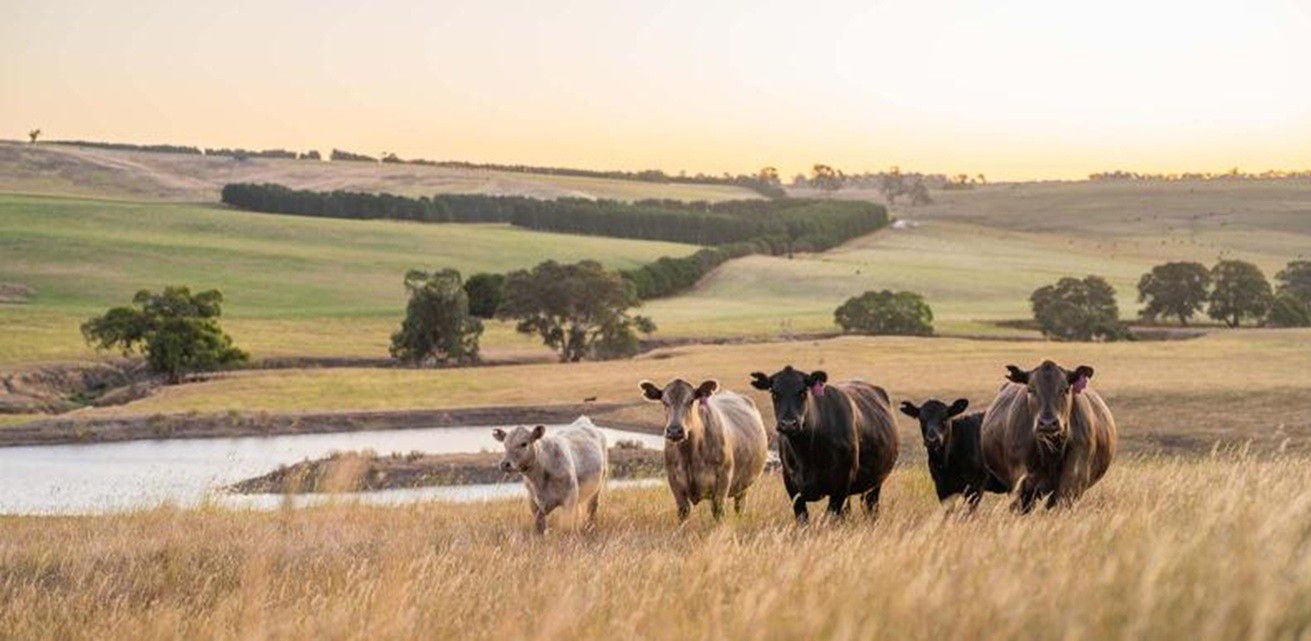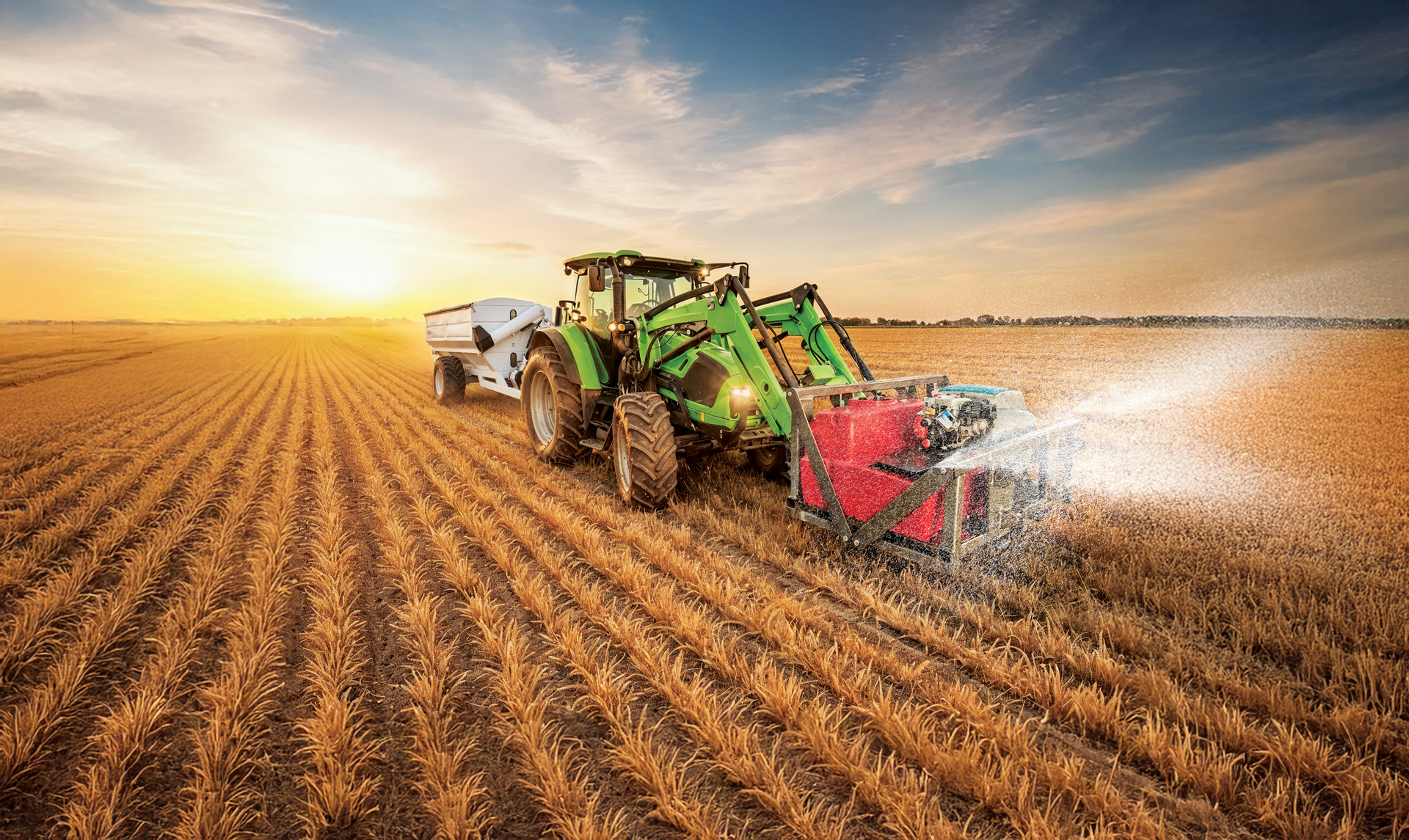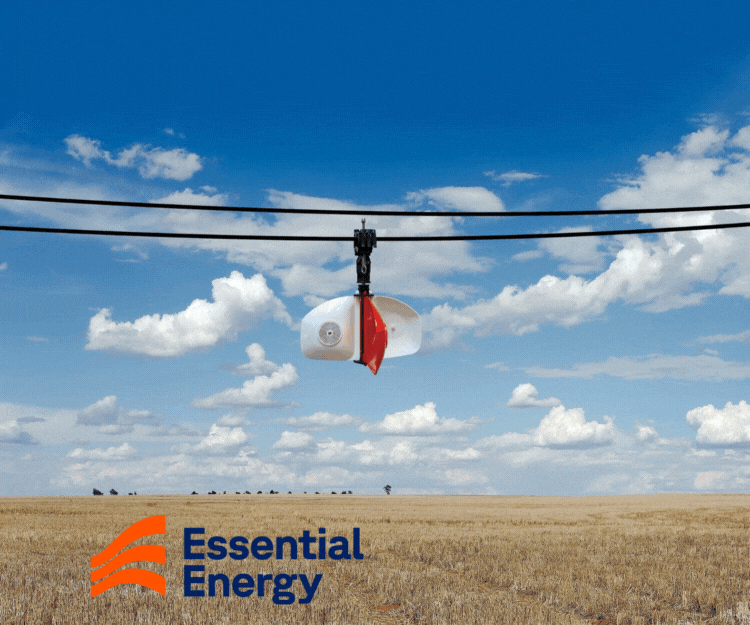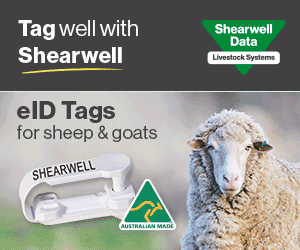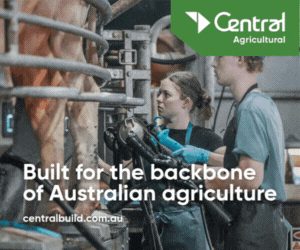1MG FlippingBooks
The place of the horse in Australia: a national survey
Little is known about the scale of activity associated with the recreational equine industry in Australia, but a large scale survey is seeking to change that.
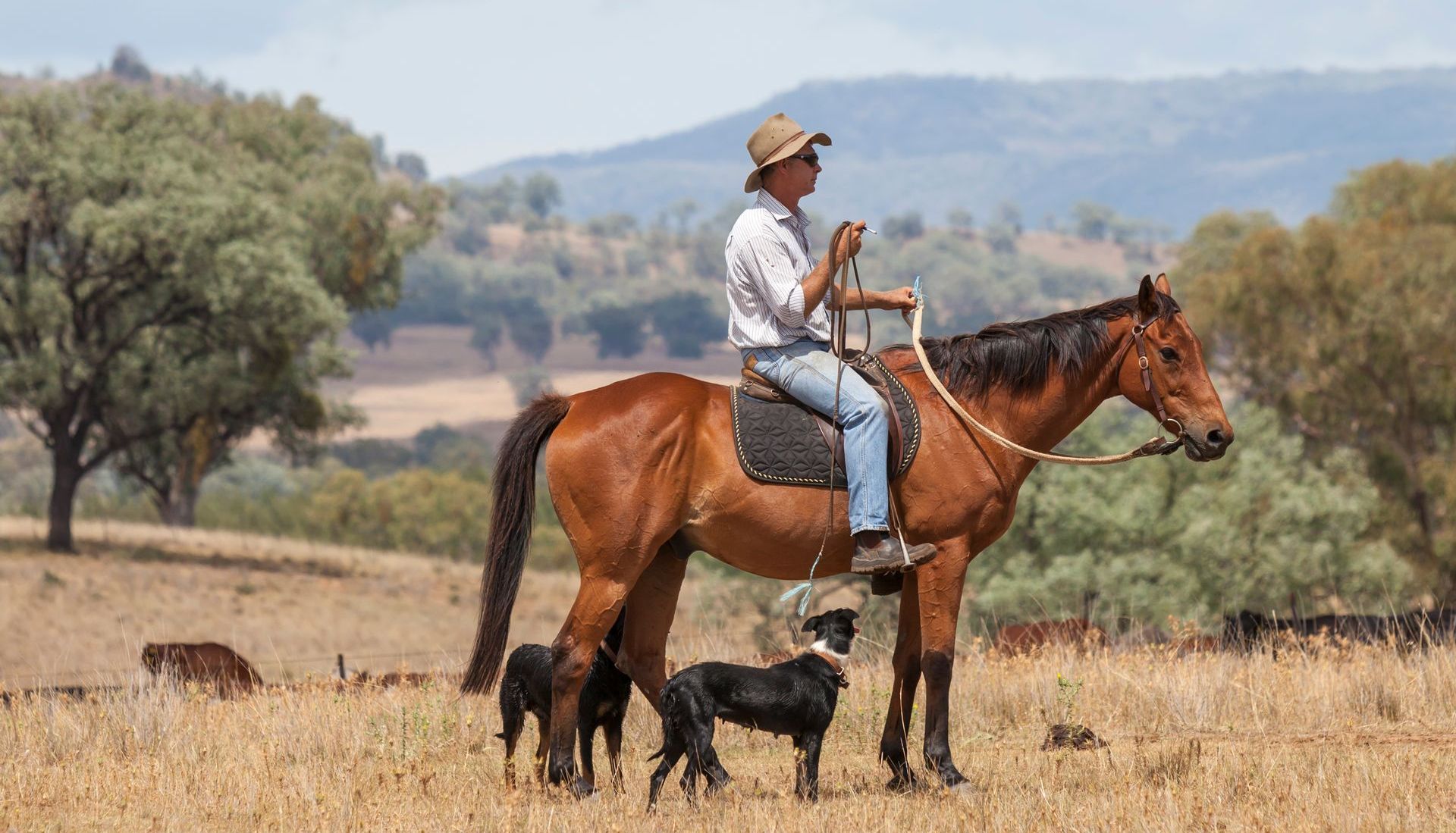
Equine owners have an idea of the amount of resources and time they expend individually, but what does this mean on a national scale?
President of the Australian Horse Industry Council (AHIC) Mark Burnell says that although horse racing is generally considered an area of high economic activity and employment, the majority of horses in Australia are owned for recreational purposes.
“This is why we feel it’s important to gain an understanding of the contribution of the recreational sector to the economy,” says Mark.
“We also know that horses still play an integral role on many rural properties across Australia in a working capacity, too. Some members of the AHIC are pastoral companies with hundreds of horses on their properties that they couldn’t do without.”
Seeking to explore this and related areas of the recreational horse industry, the AHIC undertook a national survey with 500 participants – the first of its kind in almost 10 years – in late 2023.
On average, survey respondents reported spending just under $30,000 pa on equine-related activity such as horse feed, veterinary care, tack and rider equipment, and transportation expenses.
As a collective, survey respondents reported a total annual spend of just under $15 million.
“If you scale this to the number of people involved in the recreational horse sector, you can see the amount of money that is injected into the economy is really very significant,” says Mark.
"Often, this money is spent in regional and rural areas. Governments at all levels need to be cognisant of the size of the recreational sector when making policies.”
As an island nation, Australia has had the incredible fortune of safety from many of the infectious diseases, such as African Horse Sickness, that threaten equine populations around the world.
“While quarantine and biosecurity are the responsibility of state and federal governments, it’s critically important that recreational equine owners and competition organisers are aware of the part they play in keeping our national herd safe,” says Mark.
In line with this requirement, the survey interrogated both individual equine owners and equestrian event organisers respectively on their level of biosecurity awareness and biosecurity protocols.
More than 75 per cent of respondents indicated an awareness of their obligations in regard to equine biosecurity, and 77 per cent confirmed they had a Property Identification Code (PIC). The AHIC has been advocating for greater consistency between states and for both PICS and animal movement regulations.
Over the last couple of years, the AHIC has been actively involved with the Federal Government’s working group on Equine Traceability. A key driver of this is ensuring that the industry as a whole is as prepared as possible for any biosecurity threat to equines in this country.
When asked about microchipping, only 41 per cent of respondents said 100 per cent of their equines were microchipped – an interesting insight on the path to a sustainable and affordable national traceability system in Australia.
The AHIC survey will be critical in shaping the organisation’s work into the future.
AHIC – National Equine Survey 2023 Report
Linda Bracken is Vice President of The Australian Horse Industry Council (AHIC).

